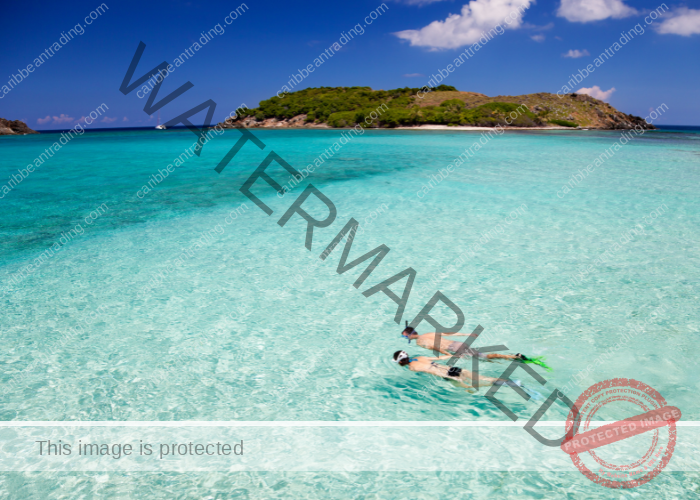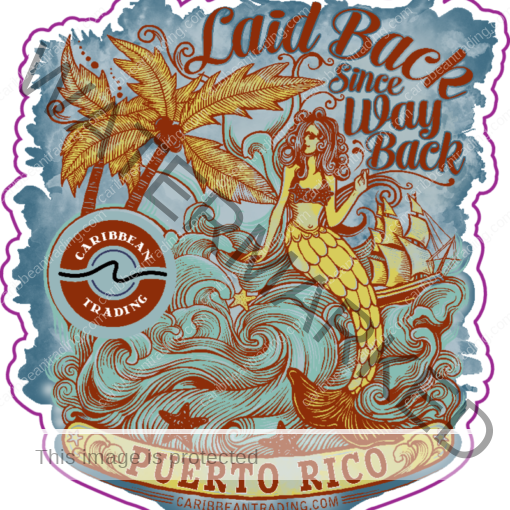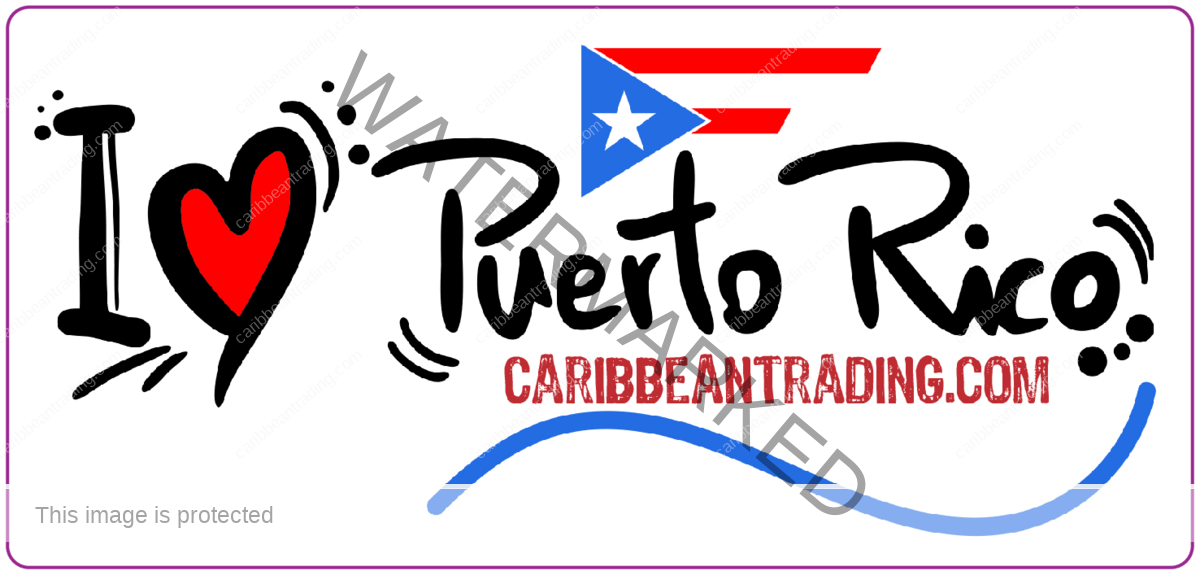Travel Tips
Enhance Your Reports: Writing Tips for Creating Impactful Caribbean Reports
A trip to the Caribbean can do more than just give you a tan and a handful of pretty photos—it can stay with you in strange ways. You come back with memories you didn’t even expect to have, thoughts you want to put into words, and sometimes, a different way of seeing things. Writing all that down? That’s where it gets tricky. A travel report can feel stiff if you treat it like homework, but if you think of it more like retelling your story to someone curious—well, that’s when it becomes fun. And believe me, putting the pieces together is actually rewarding once you get past the first blank page. So these are some writing tips that can help you.
Start with a Clear Objective
Every piece of writing needs a reason. Ask yourself: what’s this for? Is it something for your own scrapbook so you don’t forget the little things, or are you putting it together for family and friends who want the highlights? Or maybe, like me once, you’re doing it because a boss or professor said so. The point is, your audience shapes the way you write. If it’s just for you, be messy. If it’s for school or work, maybe rein it in a little.
Gather and Organise Your Notes
Trips leave you with scattered bits—notes on your phone, photos, even that receipt from a café you swore you’d remember. Gather it all early because the funny thing is, your memory fades faster than you think. I’ve forgotten the name of a place just a week later because I didn’t write it down. Put your stuff into folders, sort things loosely by theme or by day, whatever makes sense. That way, when you sit down to write, you won’t be left squinting at a blurry picture wondering, “where on earth was this again?”
Craft a Compelling Introduction
You don’t have to start with “On my Caribbean trip, I did X.” That’s boring. Think about your first strong impression—was it the shock of the heat, the way the air smelled of salt, or maybe a funny mix-up at the airport? That’s your hook. The first few lines set the mood, and if they’re dull, no one will want to keep reading.
Provide Context and Background
Here’s the thing: not everyone knows your Caribbean destination like you now do. A little context—history, culture, local customs, even a quirky fact—gives your reader something to stand on. Don’t overload them with a Wikipedia dump. Just enough to paint a backdrop.
Use a Clear and Logical Structure
Reports like some order. Have sections: intro, context, experiences, reflections, wrap-up. Add headings if you want. It helps people follow along. But don’t feel chained to perfect flow—sometimes life isn’t neat, and neither should your writing be. If you suddenly want to jump from describing a food stall to reflecting on how it reminded you of your grandmother’s cooking, do it. That’s real.
Incorporate Visual Aids
Nobody minds a break from paragraphs. Toss in photos, maybe a small map, even a quick sketch if you’re into that. Visuals aren’t decoration—they carry mood. And captions matter: a photo with just “beach” under it is bland, but “the beach where I nearly lost my flip-flop to a sneaky wave” sticks with people.
Be Descriptive and Specific
Generalities kill travel writing. Don’t just say the sand was soft—describe how it stuck to your damp legs or how the grains sparkled pink at sunset. Was the music too loud? Was the rum sweet or biting? Those tiny sensory details are what bring people in.
Include Personal Reflections
This is where reports become human. Don’t just list places—share how they made you feel. Maybe a quiet street gave you peace after days of chaos. Maybe the tourist crowds annoyed you. Maybe you found yourself laughing at something silly. The honest bits are often the most relatable.
Analyse and Interpret Your Findings
If you’re writing for something official, analysis matters. What did you notice about tourism, or about cultural heritage? The economy? The way people balance tradition and modern life? Tie your small moments to bigger themes. That’s how you show depth without sounding like a textbook.
Provide Recommendations
If someone else is reading this to learn, toss in some recommendations. What was worth it? What was a letdown? What would you do differently next time? Even simple things like “carry cash, not every stall takes cards” can make your report actually useful.
Edit and Proofread Thoroughly
Read it over, of course. This is one of the most important essay writing tips. Fix the obvious typos. Chop the spots where you repeated yourself too much (unless repetition adds to your voice, which sometimes it does). But don’t scrub it so clean it loses character. Imperfections make it sound alive.
Use a Professional Tone and Style
The thing that makes a report stand out isn’t perfect grammar—it’s you. Be yourself. If you felt awkward, say so. If something disappointed you, admit it. Readers trust that honesty. Remember that you can also use a text report writing service to make this task simpler for yourself.
Highlight Unique Insights and Experiences
What sets your report apart from others is your unique perspective. Highlight any unique insights or experiences that offer a fresh viewpoint on your destination. These unique elements make your report stand out, whether it’s a little-known local tradition or a personal encounter with a resident.
Consider the Use of Storytelling
A conclusion shouldn’t just be “I went here and then I left.” Instead, ask: what stuck with me? Did the trip change anything for me, even in a small way? Did I learn something I didn’t expect? Share that, and your ending will feel genuine.
Conclusion
So yeah: writing about your Caribbean trip doesn’t have to feel like pulling teeth. Think of it as storytelling more than reporting. These writing tips are really helpful: Sprinkle in details, reflections, even tangents that pop into your head. Make it useful if you need to, but don’t kill the personality in the process. At the end of the day, the goal is simple: bring the trip back to life on paper, for yourself and whoever’s lucky enough to read it.







